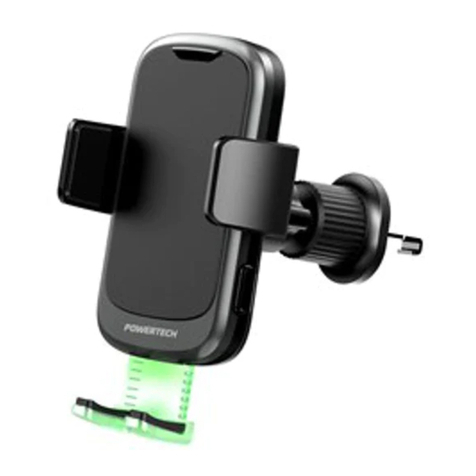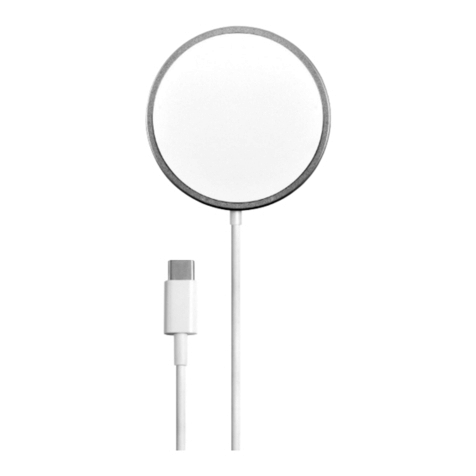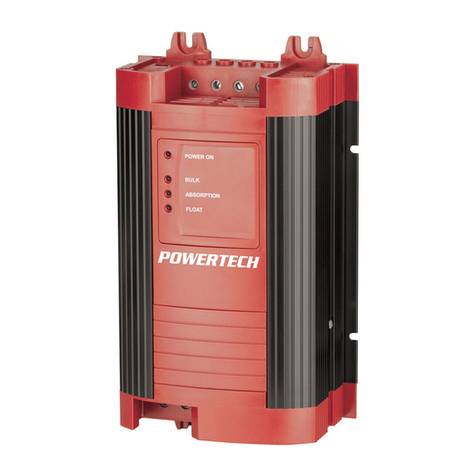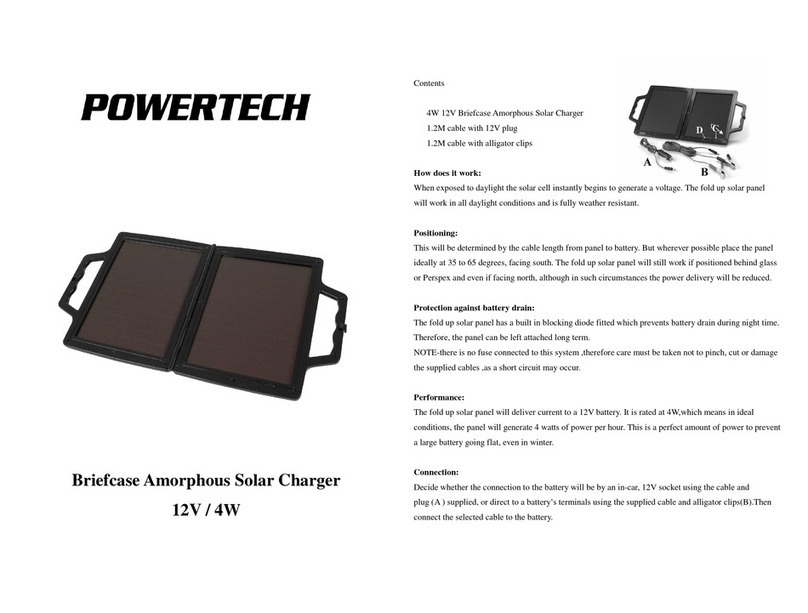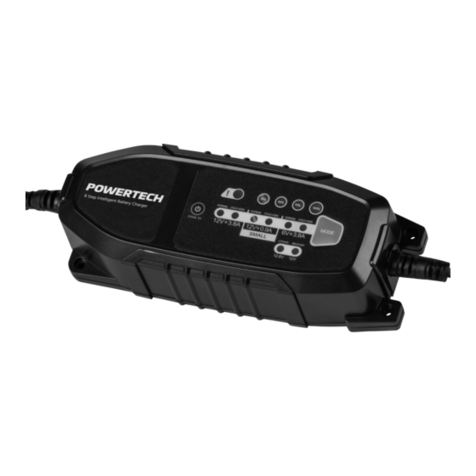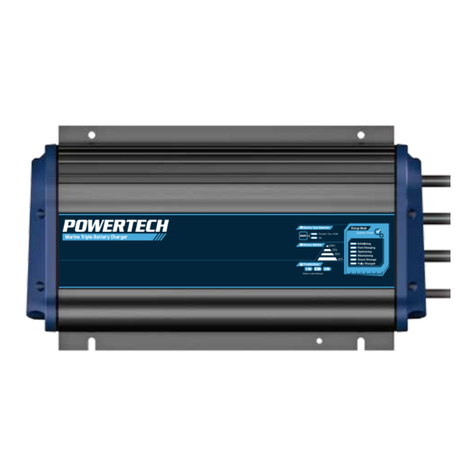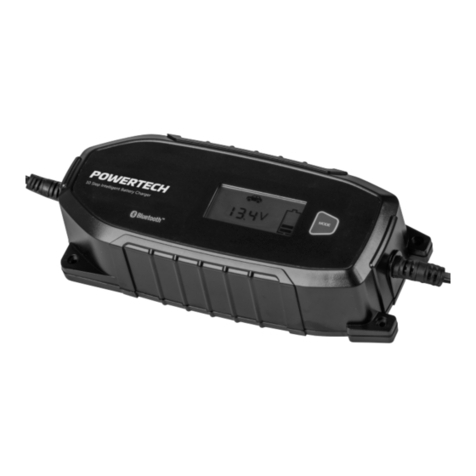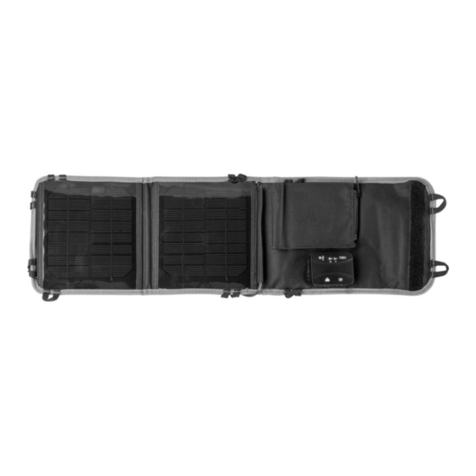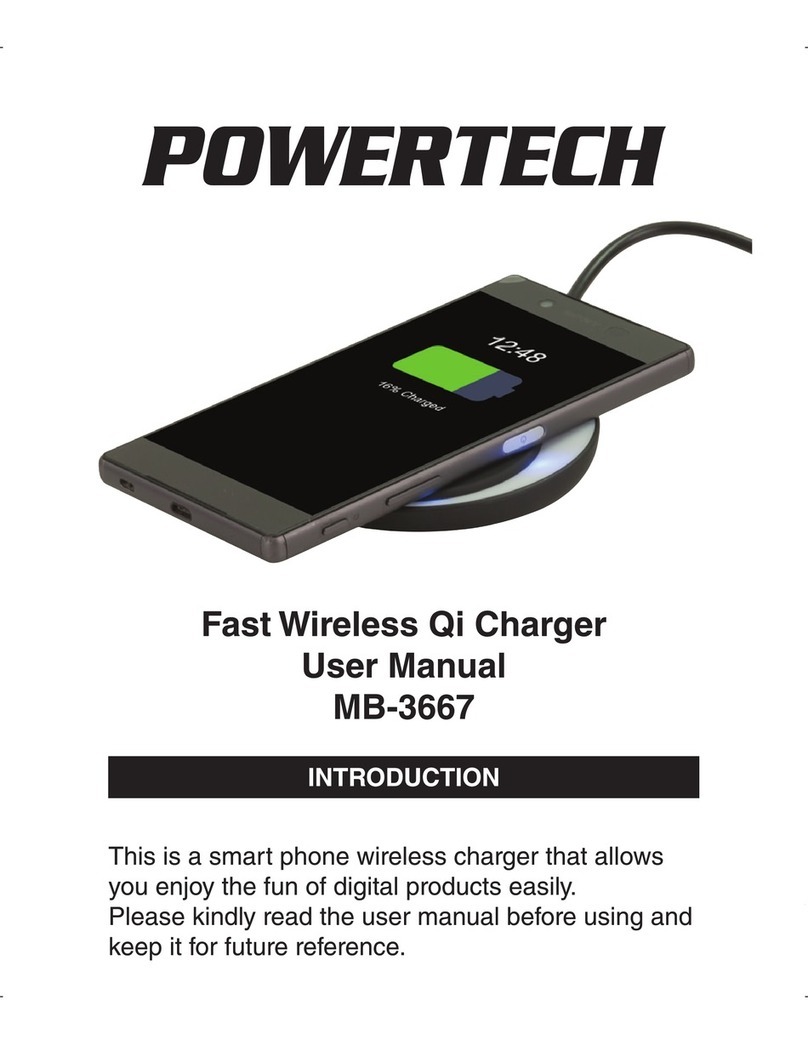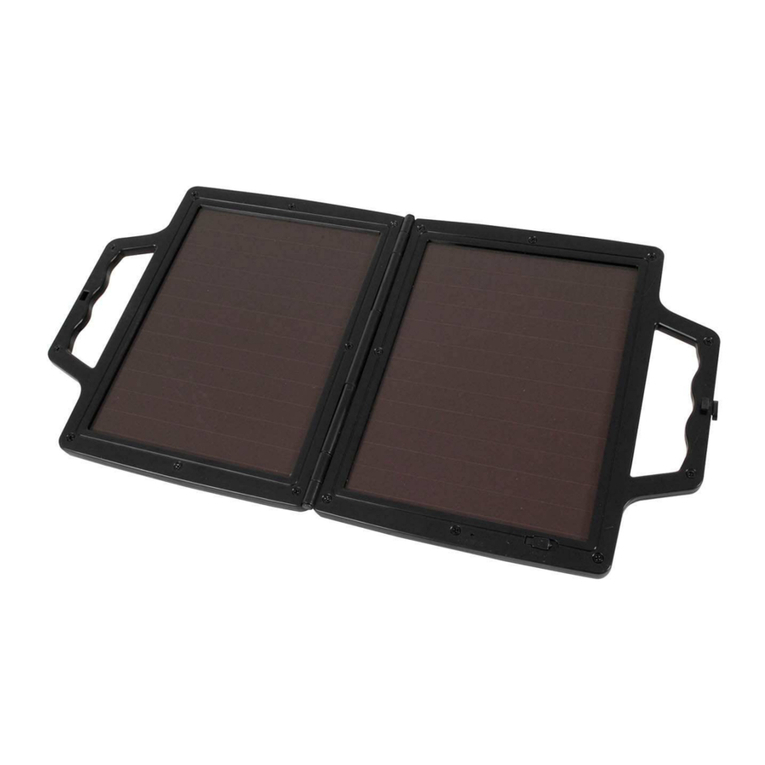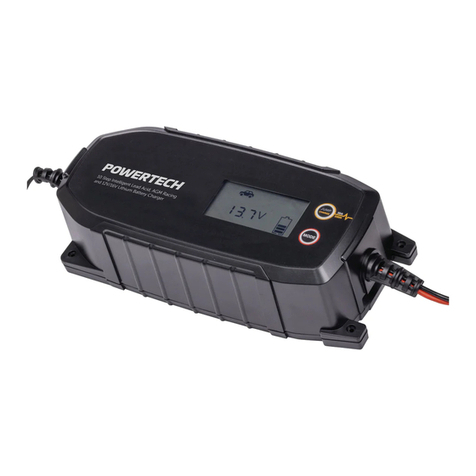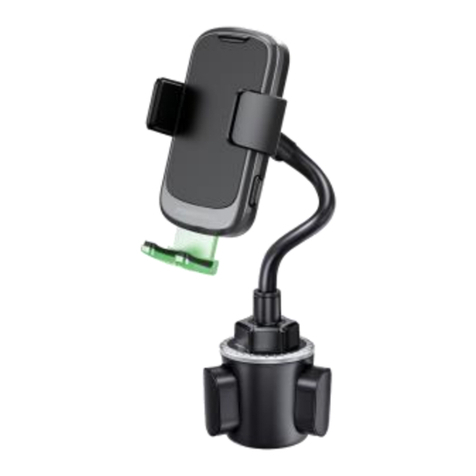SPECIAl fEATURES
Special features
Opllmized operating sohware
MB-3632 features the so-called AUTO function that set the feeding current during the process of charging
or discharging. Especially for Lithium batteries, "it can prevent the overcharging which may lead to an
explosion due to the user's fault.
It
can disconnect the circuit automatically and alarm once detecting any
malfunction. All the programs of this product were controlled through two way linkage and
communication, to achieve the maximum safety and minimise the trouble. All the settings can be
configured by users.
Internal indopendent lithium battery balancer
MB-3632 employs an individual-cell-voltage balancer.
It
isn't necessary to connect an external balancer
for balance charging.
Balancing individual cells battery discharging
During the process of discharging, the MB-3632 can monitor and balance each cell of the battery
individually. Error messages will be indicated and the process will be ended automatcially if the voltage
of any single cell is abnormal.
Adaptable to various type oflithlum battery
The MB-3632 is adaptable to various types of Lithium batteries, such as Li-ion, LiPO and the new liFe
series of batteries.
Fast and storage modeo' lithium battery
Purposes to charge Lithium battery varies, 'fast' charge reduce the duration of charging,
whereas 'store' state can control the final voltage of your battery, so as to store for a long time
and protect useful time of the battery.

